Reportage 1 / Estonia
Securing the skies
With Donald Trump’s comments about ditching Nato and his ambiguous stance towards Russia stoking fears of being abandoned, the airbase at Ämari has become a crucial site for policing the Baltic states from above.
Here’s a bit of Estonian military lore: in the Soviet days, whenever a Moscow general visited the airbase in Ämari the Estonian soldiers would lay a table of food for him with a generous helping of vodka and a seat beside a small pond with a fishing rod. The method was perfected to pass every Soviet assessment with flying colours.
The Russian military doesn’t get that kind of reception today; Ämari is now a crucial airstrip in Nato’s air-policing across the Baltic states. It’s on alert 24 hours a day with a rotating contingent of foreign forces deployed to keep a close eye on Russian planes as they cross the narrow strip of international airspace over the Gulf of Finland. Most are en route to disconnected enclave Kaliningrad, where Russia keeps nuclear-capable missiles. Occasionally Nato pilots scramble to redirect Russian aircraft that veer over the Estonian border but more commonly they intercept Russian pilots who try to fly over this Baltic strait unseen.
“The Russian planes either don’t have a transponder, they forget to switch it on or they do it on purpose,” says Lieutenant Colonel Johannes Durand, commander of the German Luftwaffe detachment. Like driving into a busy crossroads without your headlights on, it looks provocative – as was the Russian pilot who gave one of his men the finger.
It’s the German air force’s turn to man Ämari after the British passed on the baton in September. But it is a team effort, with Nato forces working alongside their Estonian counterparts. On a squally winter’s morning, as two German Eurofighter jets prepare to land, the Estonian ground team are making sure the airspace is clear and the runway permanently free from snow.
Estonia is about to welcome its largest foreign force to date, with 4,000 soldiers due for deployment across the Baltic states and Poland next year. “It’s really about showing that we’re here,” says Durand. “By doing this every year you become predictable.”
Predictability is prized in Estonia. Since 2008 the nation has nervously watched Russian influence strike its neighbours, sparking separatist wars in Georgia and Ukraine. Six US jets came to Estonia after Russia annexed Crimea in 2014, while Nato has since steadily increased the number of boots on the ground across the Baltic states as members of the alliance conduct a rotating schedule of deployments and training missions. It is a policy based on assurance.
Then along came Donald Trump. “No one knows exactly his security policy, or policy towards Russia,” says Lieutenant General Riho Terras, commander of the Estonian Defence Forces (EDF), the country’s first-response force in the capital, Tallinn. “No one is against dialogue but I don’t think Russia wants dialogue.”

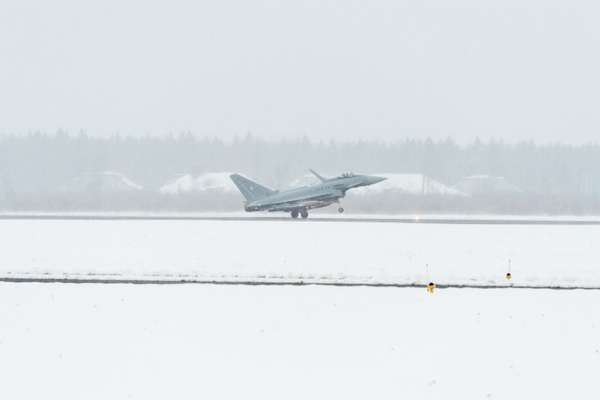

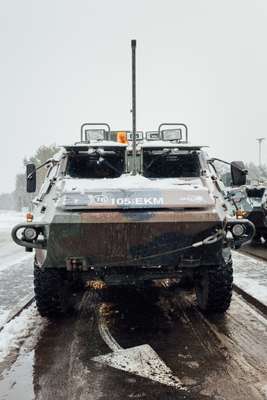
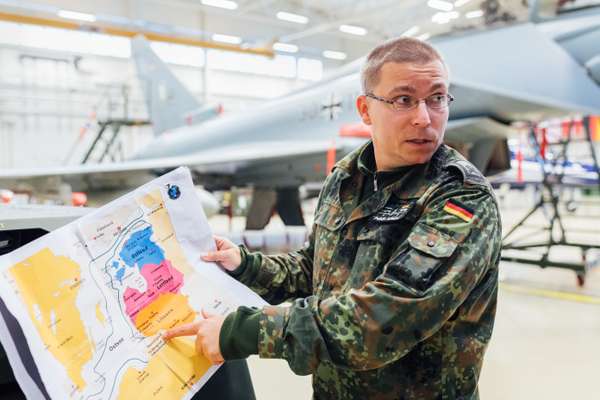
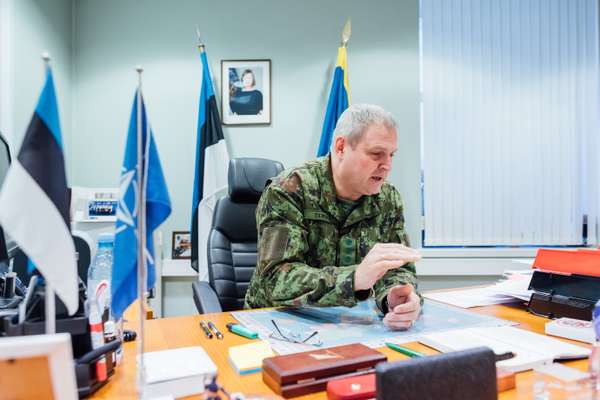

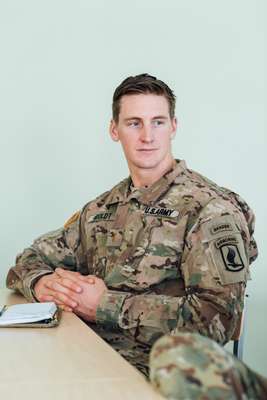
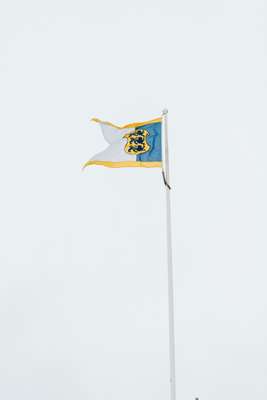
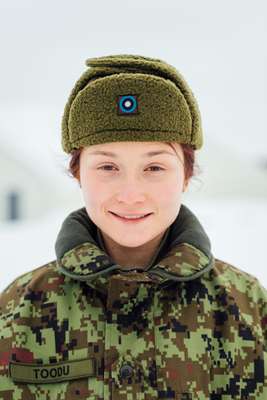
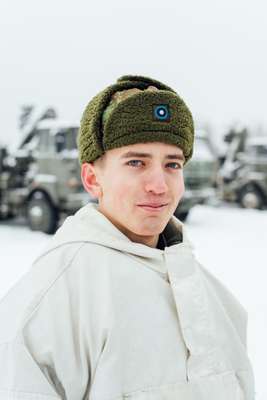
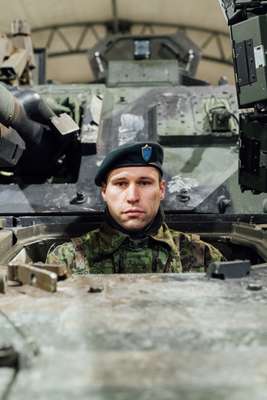
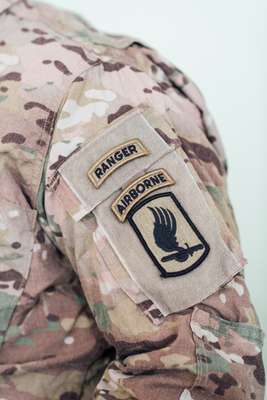
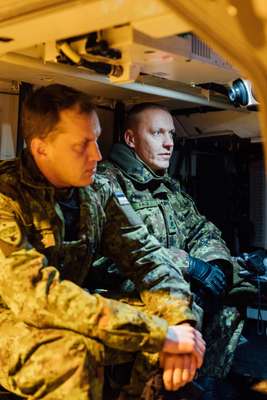

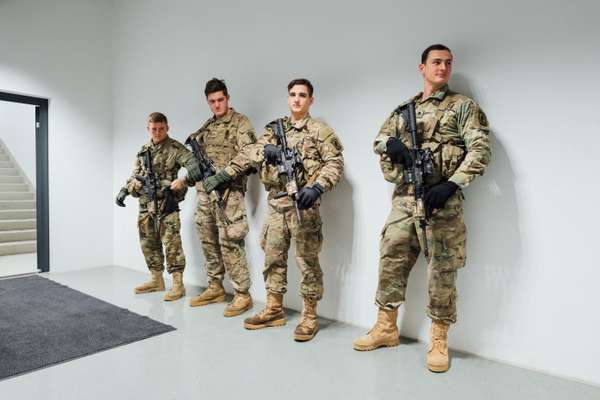

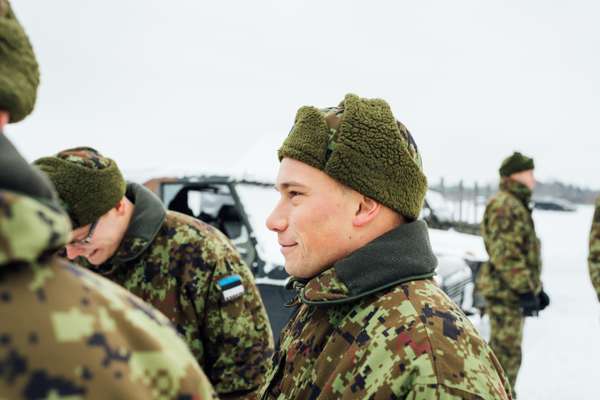
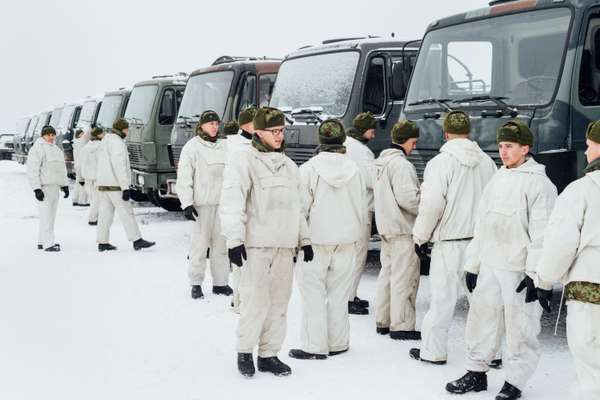
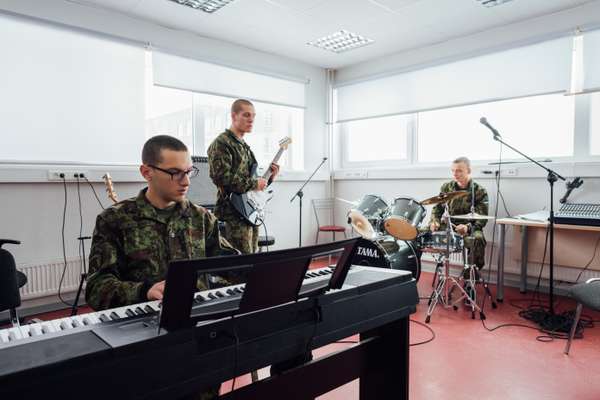


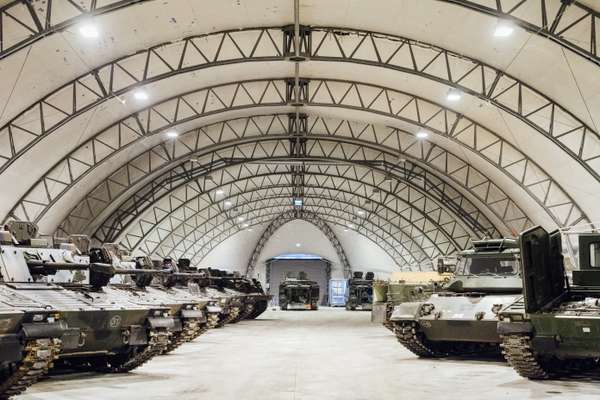

Trump has questioned the US’s spend on Nato and its future validity; he’s spoken admiringly of Russian president Vladimir Putin and said America should be more unpredictable in foreign policy. Newt Gingrich, a key Trump adviser, once referred to Estonia as “some place” in the suburbs of St Petersburg.
For Lt Gen Terras, the outlook has become insecure: Estonia spends 2.16 per cent of its GDP on defence annually, slightly more than the amount needed by Nato, but this equates to just €500m a year. The country looks to the alliance to plug the gap with air support and hardware. Foreign deployments, Lt Gen Terras believes, show that an attack on Estonia would be an attack on the alliance. “It has a very relevant deterrence value for me,” he says.
The Estonian government has committed an extra €62.5m to building infrastructure for its allies, from new barracks to expanded training areas. On the staircase of the EDF’s grand art nouveau headquarters, Captain Tõnis Sõnum carries an armful of files and is working to meet the demands of the growing military. “We are a small army so we need to perform a little better – we need to manage more food, more facilities,” he says. Cpt Sõnum has served in the EDF for 17 years, previously on the Russian border, and security is greater with the foreign presence. “Estonians talk about Nato solidarity and here it is; they can actually see it,” he says.
Apart from a brief period between the world wars, a succession of Swedes, Russians and Soviets have ruled Estonia for the best part of 500 years. The sovereignty of the republic, at a time when Russia is stirring trouble in lands it historically regards as its own, is taken very seriously. In 2015 a mobilisation exercise readied 14,000 troops for battle in 26 hours, a combination of reservists and professional soldiers. The plan is to have a hot reserve of 25,000 soldiers in the coming years. Not bad for a country of 1.3 million people.
Conscription is the backbone of the defence forces. As we arrive at Tapa – one of the largest military bases in Estonia, an hour east of Tallinn – a batch of 1,000 conscripts are training; some are learning how to drive convoy trucks, others are doing physical exercises on a field blanketed with snow. Another platoon march towards the white fringes carrying spades. Estonian women are exempt from military service but a small corps do volunteer. Private Laura Toodu is hoping to go through military school when her service is done. “Of course, we do worry about Russia and want to feel safe here,” she says. “I think the presence of foreign troops makes a strong impression in the world.”
As we talk, US paratroopers with maps dangling from their necks return from the field to Tapa’s new barracks. The base receives the bulk of foreign troops into Estonia, and 125 US soldiers are stationed here; ultimately an 800-strong British unit combined with a rotating contingent of 300 Danes and French military will take over.
In a classroom a group of sergeants are wrapping up their Jumpmaster exam: the theory of pushing paratroopers out of aircraft. Soldiers come and go through the barracks and everyone we speak to comments on the quality of the accommodation. In the mess hall a group of soldiers remember a former Soviet base in Ukraine with a shudder. At Tapa there’s air-conditioning and televisions, and a sauna on the second floor (the EDF prides itself on its sauna-building). “It’s cold and wet out here,” says Devyn Mcintosh, a specialist from Toledo. “Maybe the next war we’ll fight will be in snow.”
The soldiers and top brass are tight-lipped about what Trump means for the US military’s future on this eastern flank (though one recruit says it’s a good thing he at least wants to talk to Russia). But the mission in Estonia affirms for many why Nato is important.
“We’re here to validate that we can fight together,” says Christopher Salisbury, a commanding officer. His company have just finished Operation Steel Shield in Latvia, training with the Estonian Scouts Battalion and giving US platoons vital lessons on staying unseen in a thermal war. “These relationships have a strategic impact that forces nations to come to the negotiating table.”
Salisbury served in Afghanistan and says war in this part of the world happens very differently. He talks about unmanned aerial vehicles “chasing you down in the snow” and so-called “Little Green Men”: mysterious unmarked soldiers in camo gear who appeared during the annexation of Crimea carrying Russian-made weapons and occupying Ukrainian airports.
It’s threats like these that the EDF prepares for. In November a fleet of cv90-35s combat vehicles was delivered from the Netherlands with integrated weapons and thermal imaging. Lieutenant Colonel Veiko-Vello Palm sits inside one of these squat machines, parked in an ice-cold hangar lined with two rows of battle-ready tanks. “We’re training for hybrid warfare scenarios,” says Lt Col Palm, who commands the 1st Infantry Brigade at the EDF. “That includes paramilitary but also information operations, cyberthreat in peacetime and then the grey area: undercover agents and the kidnapping of personnel.”
Russian unpredictability is never far from the commander’s mind. “One of the most vivid supporters for raising our defence budget is Mr Putin,” says Lt Col Palm, adding that his brigade are more prepared and more capable then ever. Does the rise of Trump and his comments during his election campaign make him nervous? “Trump said a lot of things but they were pre-election promises. I do hope nothing bad happens.”
In the small town of Tapa close to the base, Pizza Kiosk is doing a roaring trade. Long lines of US paratroopers show up after manoeuvres in the forest and queue at the snowy hatch for stacks of steaming pepperoni pizza. Over at Pubi Tareke, the town bar, there’s been a small upswing in business: “Nato is good!” says the cheery owner as he pulls another frosty pint of A Le Coq. Estonians generally welcome the foreign military presence, especially since the spectre of Crimea still looms large. Meanwhile the political party typically popular with Estonia’s sizeable Russian minority, with ties to Putin’s United Russia, has recently joined the ruling coalition. Most ethnic Russians are committed to the Republic but there are exceptions.
On the way out of Ämari there is a row of graves for Soviet airmen with old tail fins welded to the headstones. At the road, an old woman in an electric-blue snowsuit emblazoned with “Russia” and the Romanov coat of arms picks her way over the ice with Nordic walking poles. She explains in Russian that she lives in the nearby town, and crosses her wrists in an “X” at the suggestion she works at the Ämari airbase. “I love Putin,” she says, before trudging away. That may be but she’s much better off living in the EU than she would be across the border. She is a firm reminder to Nato and Estonians that the battle on Europe’s borders will not just be fought militarily – and that not everyone is necessarily backing Estonia, even within its borders.
Christopher Lord has worked with monocle since 2011, initially as our Dubai correspondent and then as Istanbul bureau chief. He is originally from Manchester and had a stretch as artistic director of an art gallery working with Arab and Iranian contemporary artists. He felt severely underprepared for Estonia’s minus-five temperatures during this report, given that he usually packs for a clammy city in the Middle East.


